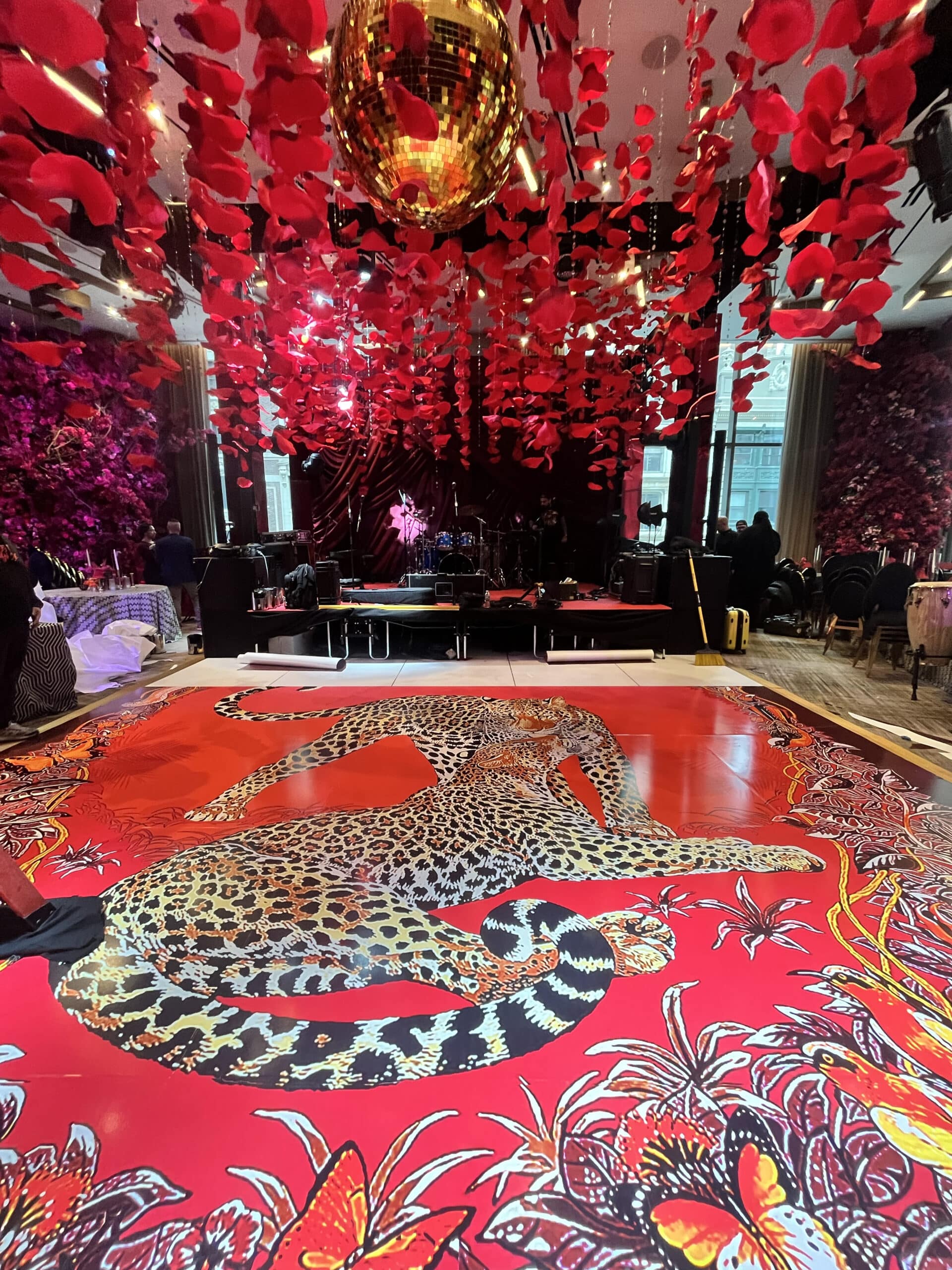Innovative Design Trends Molding the Future of Engaging LED Performance Floors
Innovative Design Trends Molding the Future of Engaging LED Performance Floors
Blog Article
Engaging LED dancing surfaces are progressively favored in multiple recreational locations, including dance clubs, musical events, and events. These surfaces utilize advanced tech to create vibrant lighting showcases that react to sound and movement. As innovation keeps to evolve, several innovative design trends are shaping the future of these responsive dance floors. These patterns not just enhance the visual encounter but also improve user involvement and forge a more immersive environment for performers and spectators alike.
One significant pattern in interactive light-emitting diode dancing floors is the incorporation of smart technology. Many recent designs feature sensors that identify motion and adjust the illumination accordingly. This implies that the floor can change hues, patterns, and visuals based on how many individuals are moving and where they are positioned. This responsiveness fosters a dynamic environment that encourages involvement and excitement. Additionally, some models allow participants to control the illumination through mobile applications, giving them the ability to tailor their experience in the moment.
Another important pattern is the use of eco-friendly materials and power-saving technology. As ecological concerns increase, many creators are concentrating on creating light-emitting diode dance surfaces that are not only visually impressive but also sustainable. This comprises utilizing recycled resources for the floor's building and adopting power-efficient LED illumination. These innovations assist reduce the environmental footprint of gatherings while still providing a captivating visual encounter. By prioritizing eco-friendliness, creators are appealing to a more ecologically conscious crowd.
The incorporation of augmented virtual reality (AR) is also transforming the responsive dancing floor encounter. AR technology enables users to see virtual images and visuals superimposed on the real environment through their smartphones or AR glasses. This can improve the dancing surface experience by introducing digital elements that engage with the physical space. For instance, dancers might see moving characters or visual displays that respond to their movements, producing a distinctive and engaging check out the post right here environment. This pattern is particularly appealing to younger crowds who are accustomed to virtual engagements in their daily activities.
Additionally, the design of responsive LED dance floors is growing more versatile and modifiable. Many recent models can be easily set up in various settings, from short-term gatherings to permanent installations. This adaptability enables venues to create tailored experiences that cater to various concepts and audiences. Some designs even include interchangeable components that can be rearranged to form varied shapes and arrangements. This flexibility not only enhances the aesthetic attractiveness but also enables for creative expression in gathering organization.
In conclusion, the prospects of interactive LED dancing surfaces is being shaped by innovative styling patterns that concentrate on technology, sustainability, enhanced virtual reality, and versatility. These developments are producing more immersive and immersive experiences for participants, establishing dancing floors a central feature of recreational locations. As these trends continue to evolve, they will likely reshape how people interact with music and movement, ensuring that responsive light-emitting diode dancing floors remain a popular option for gatherings and festivities.